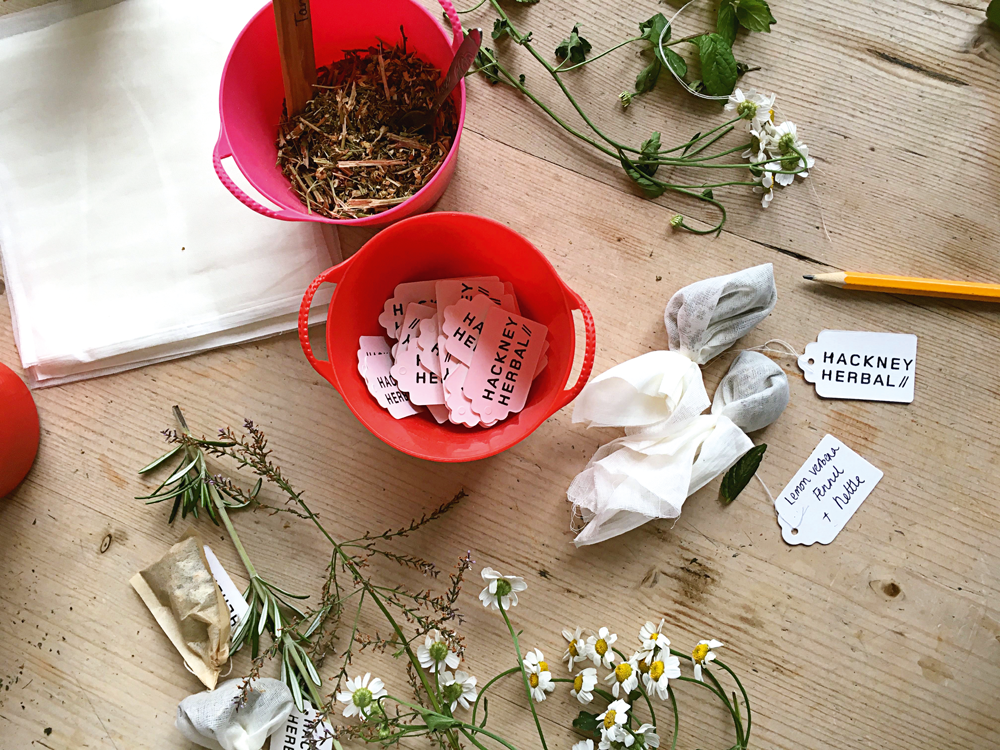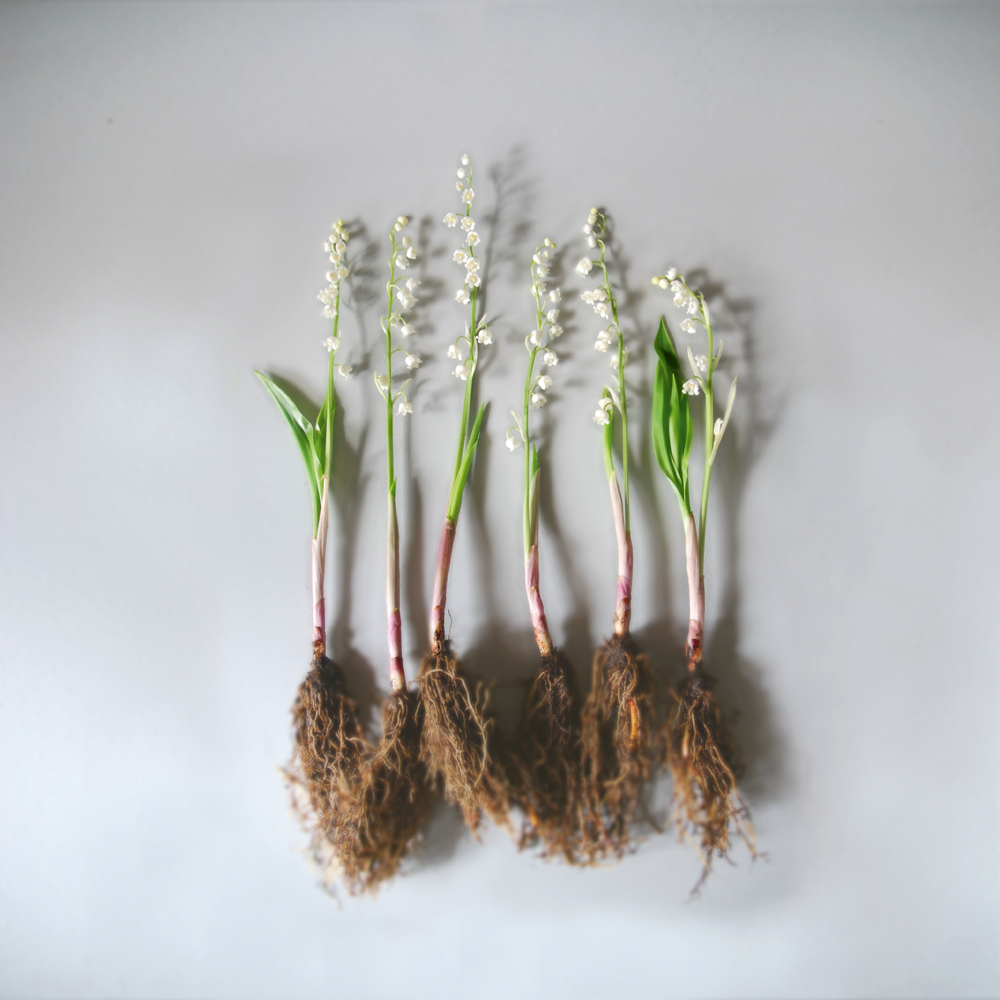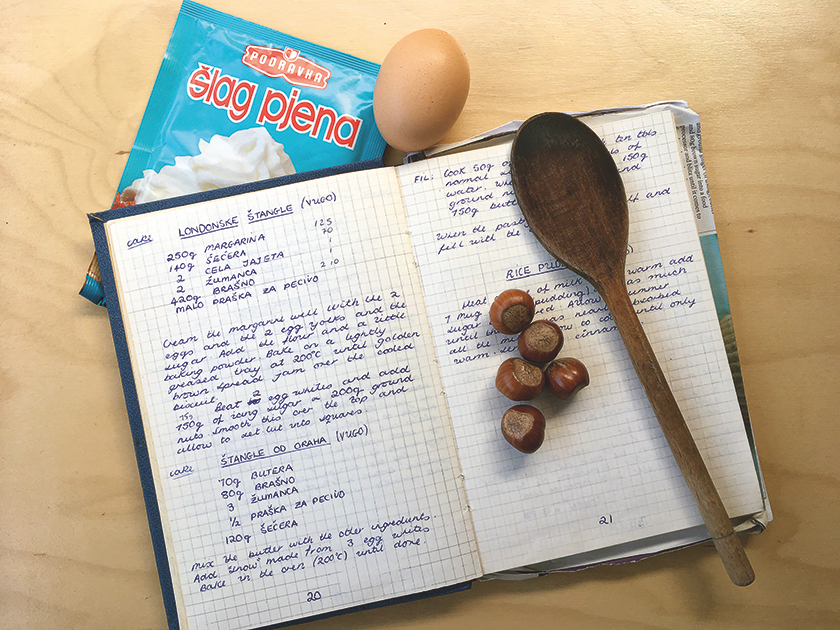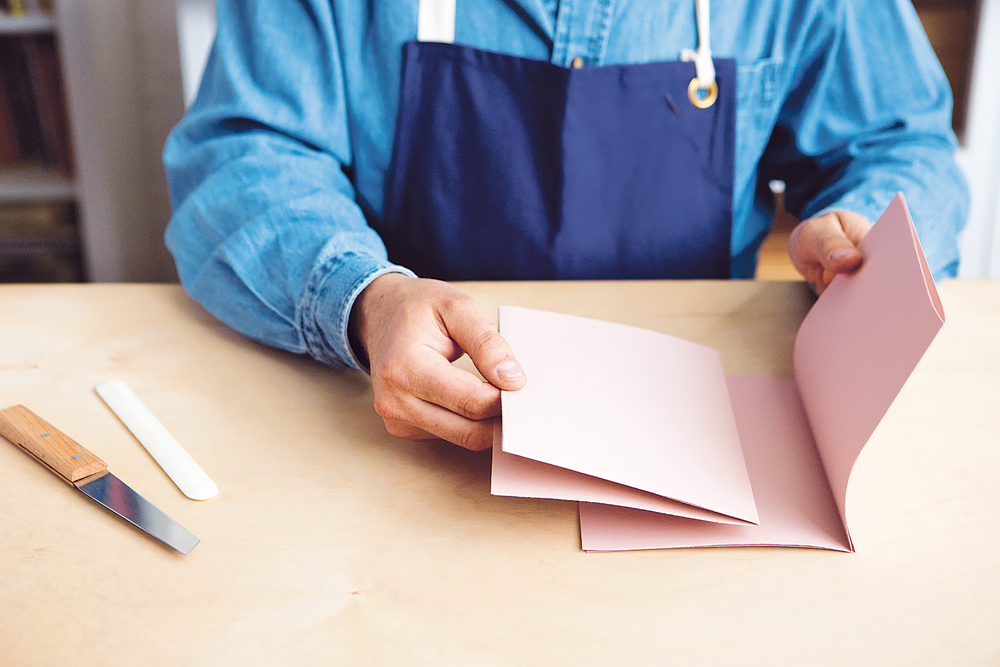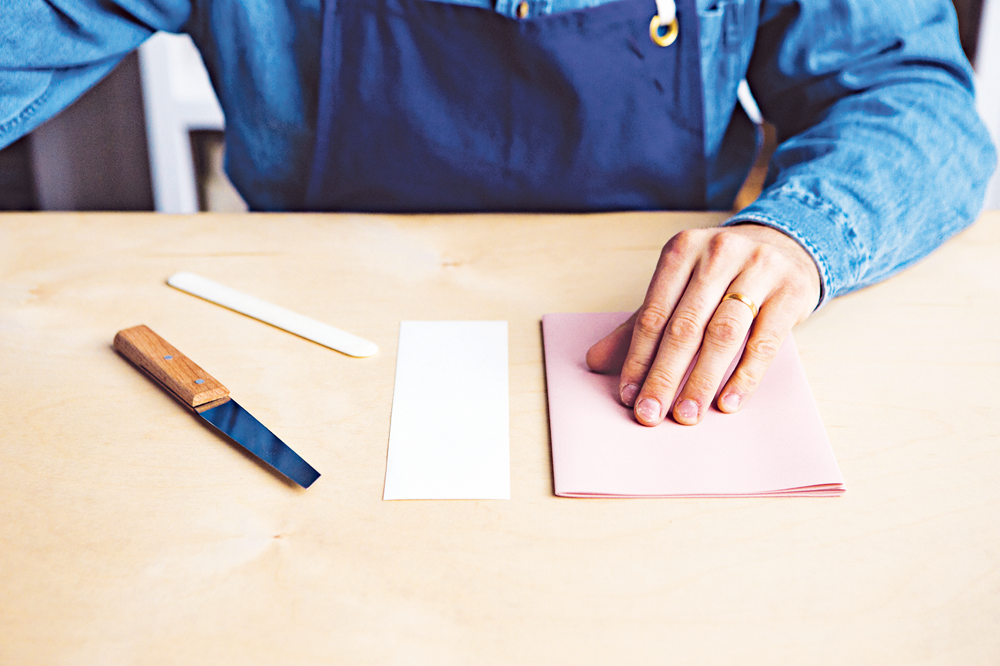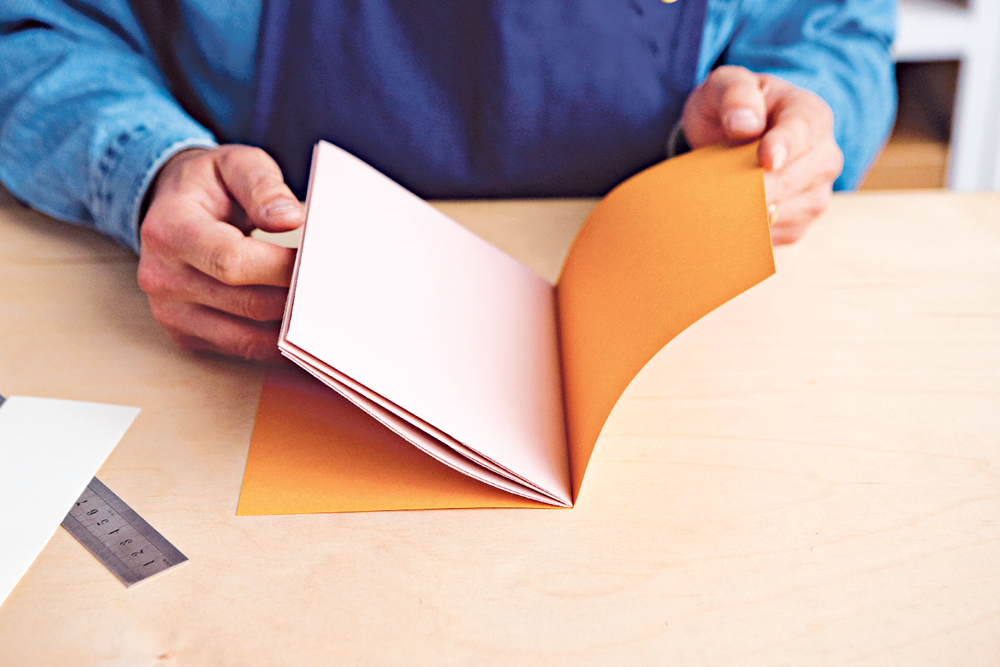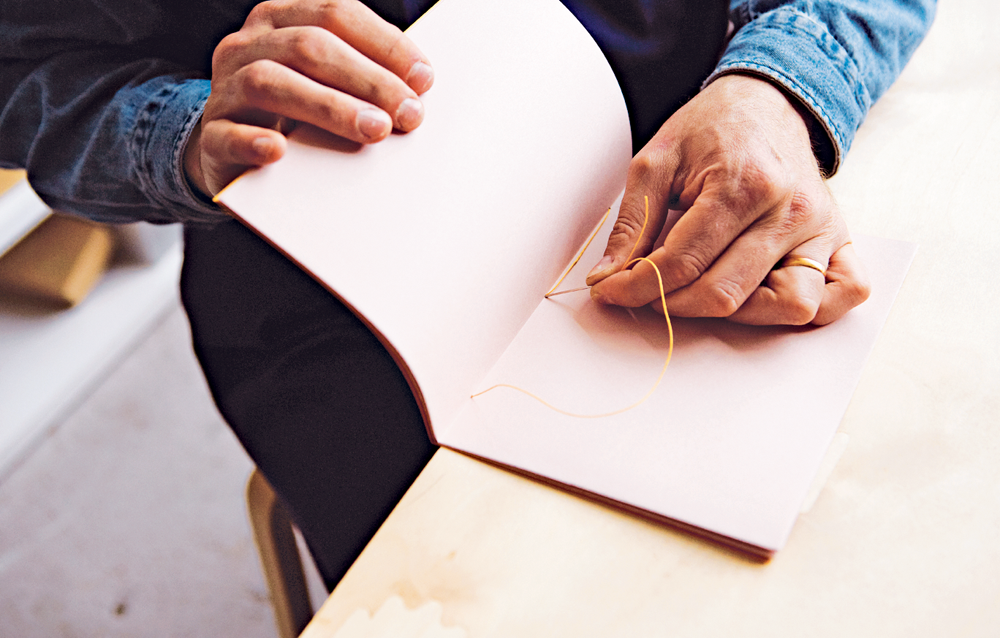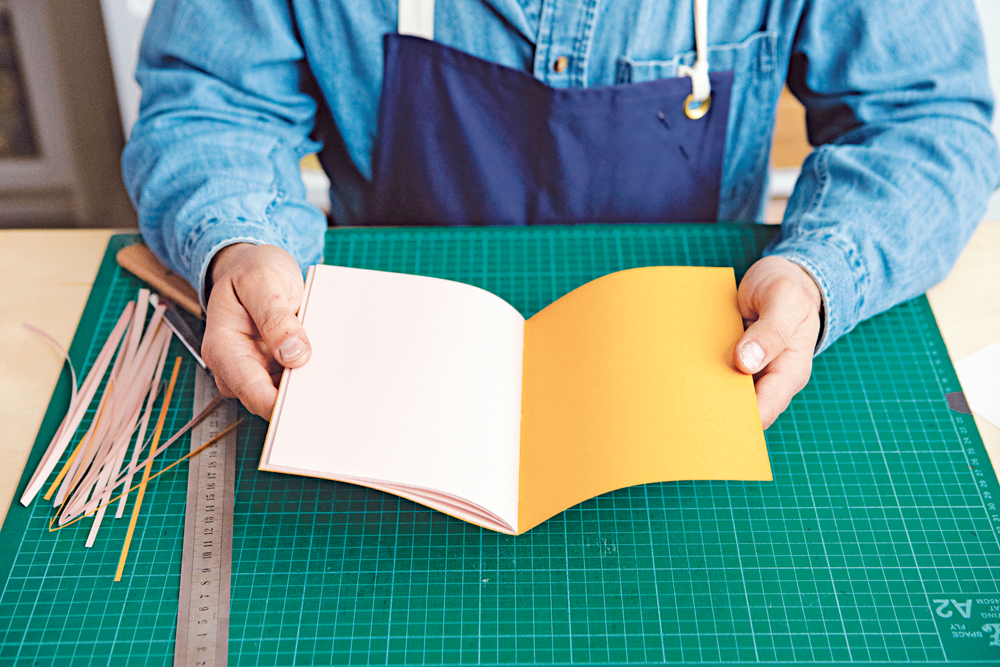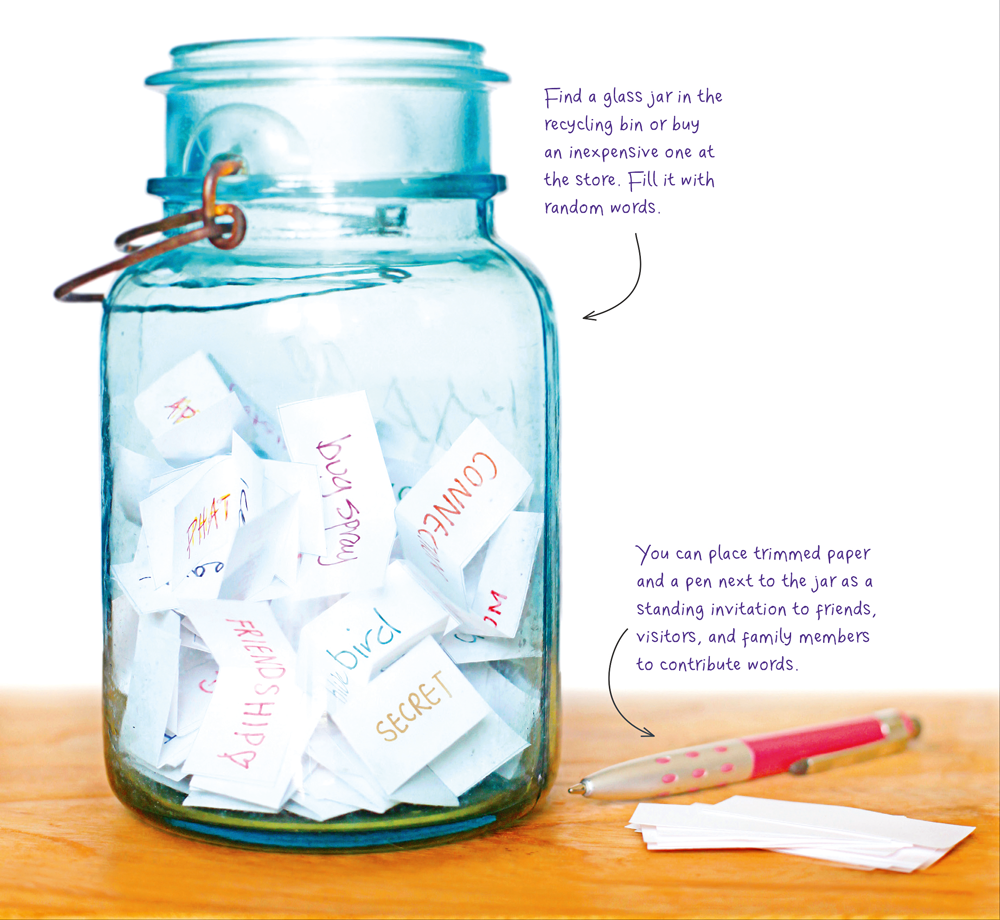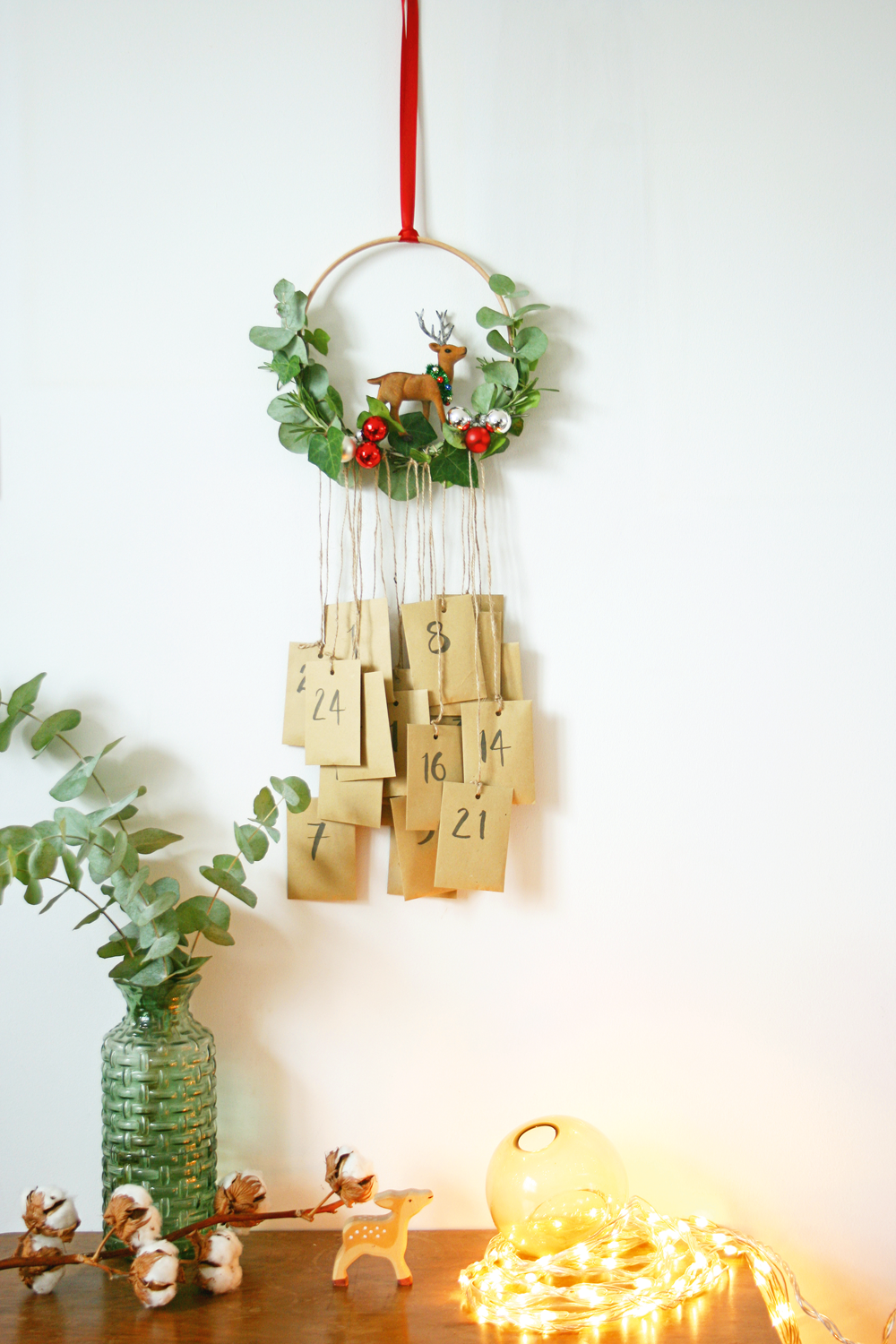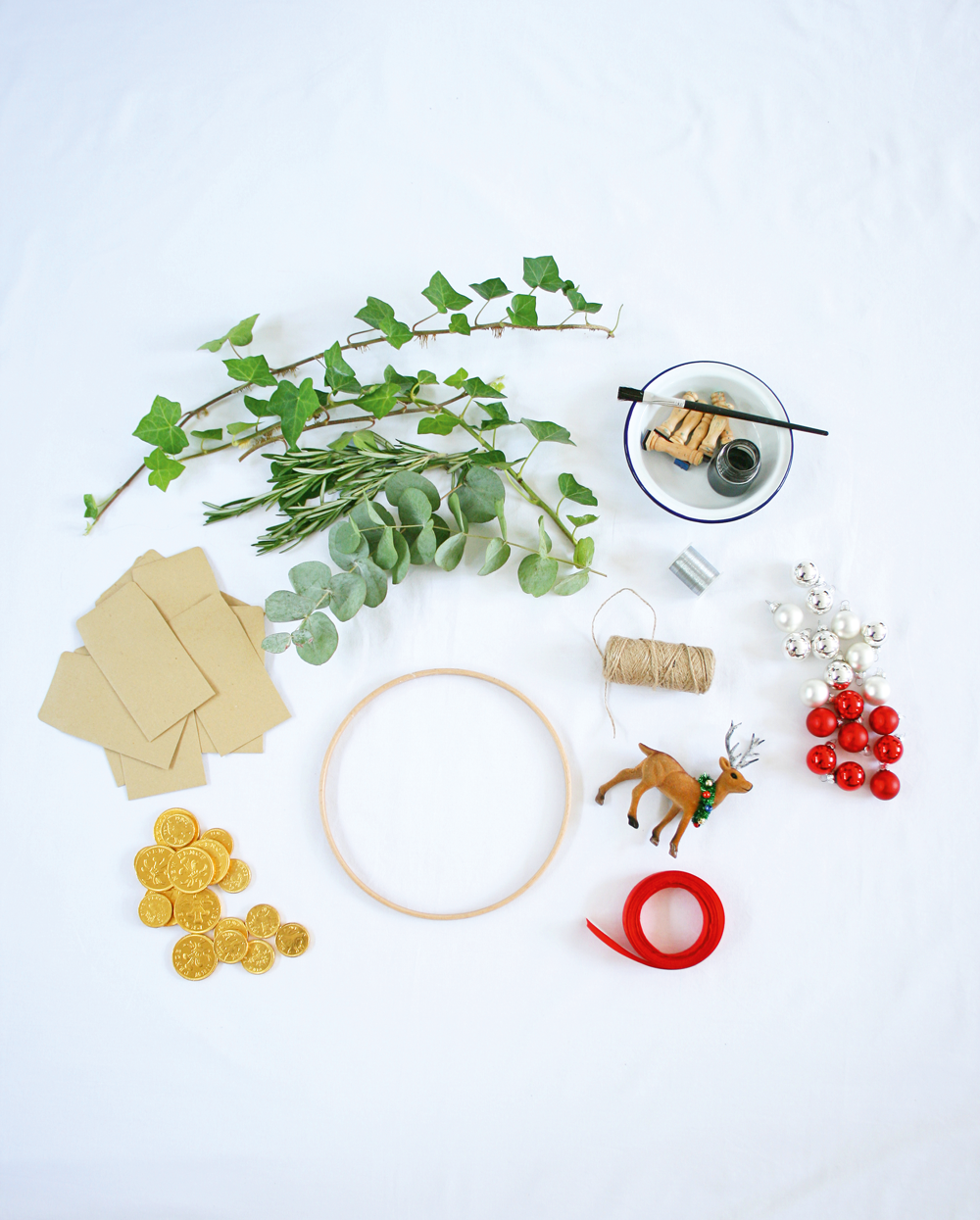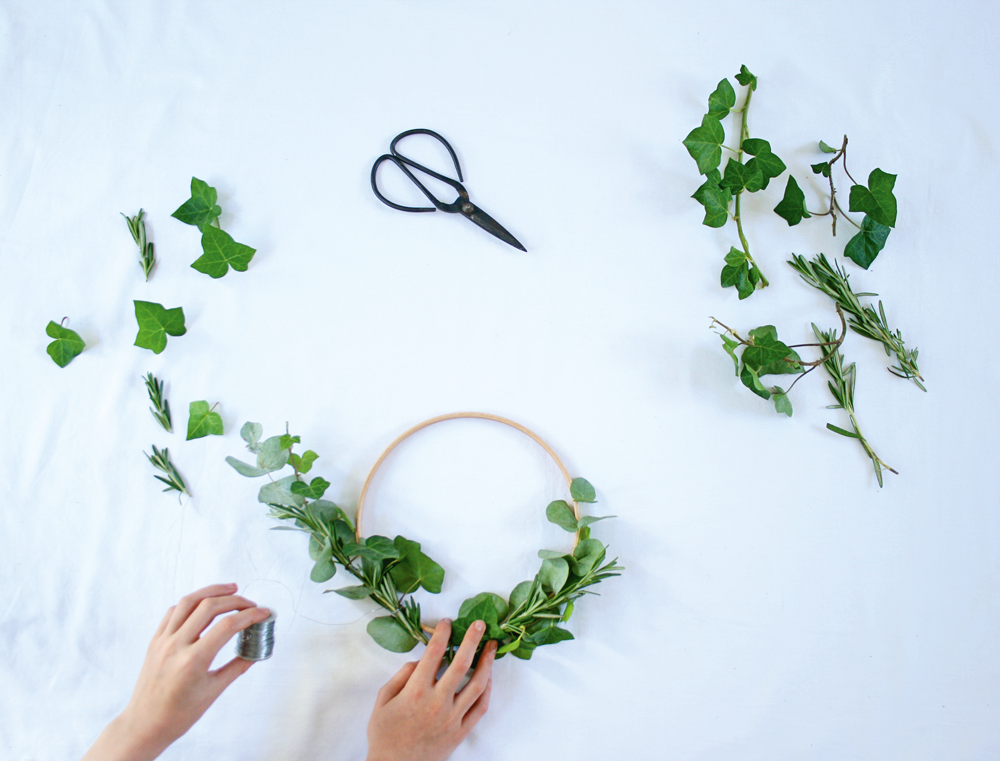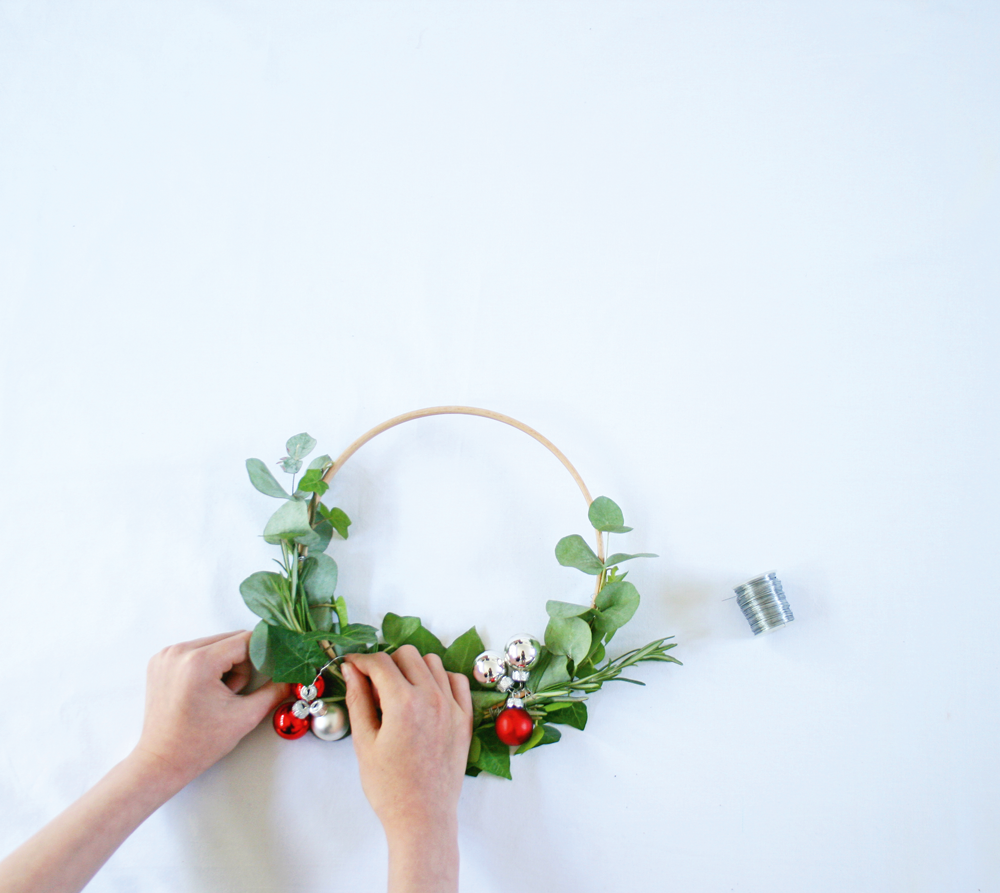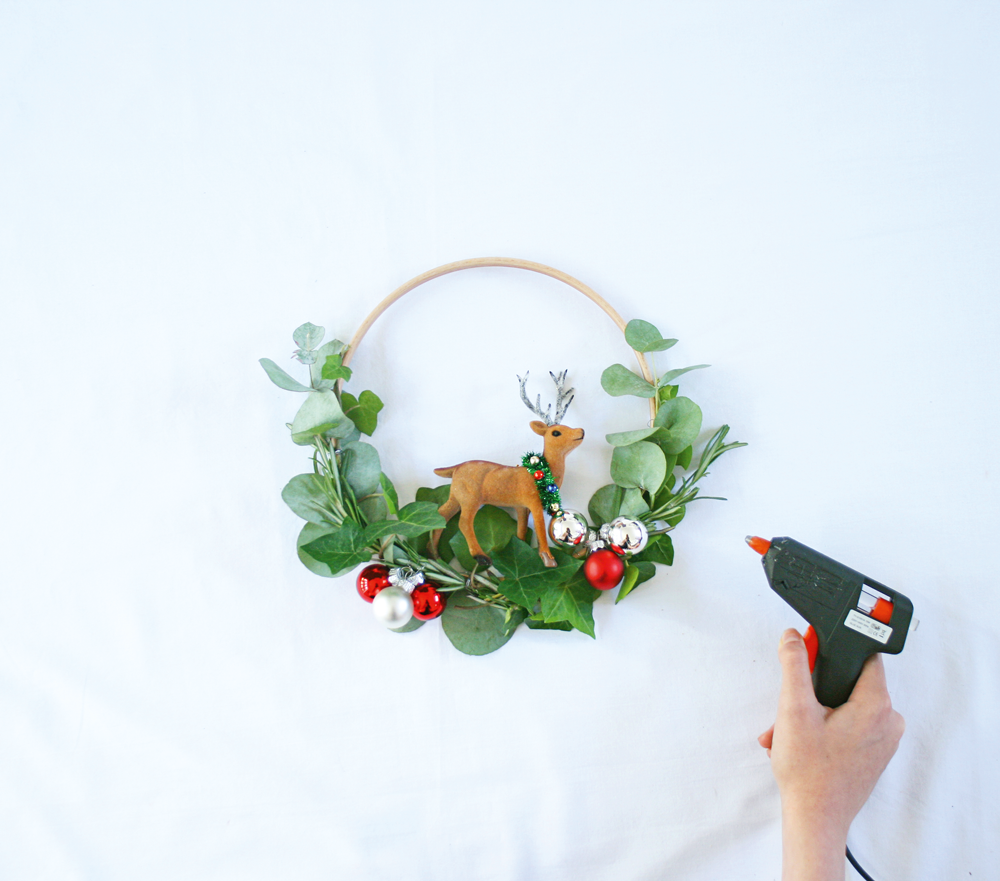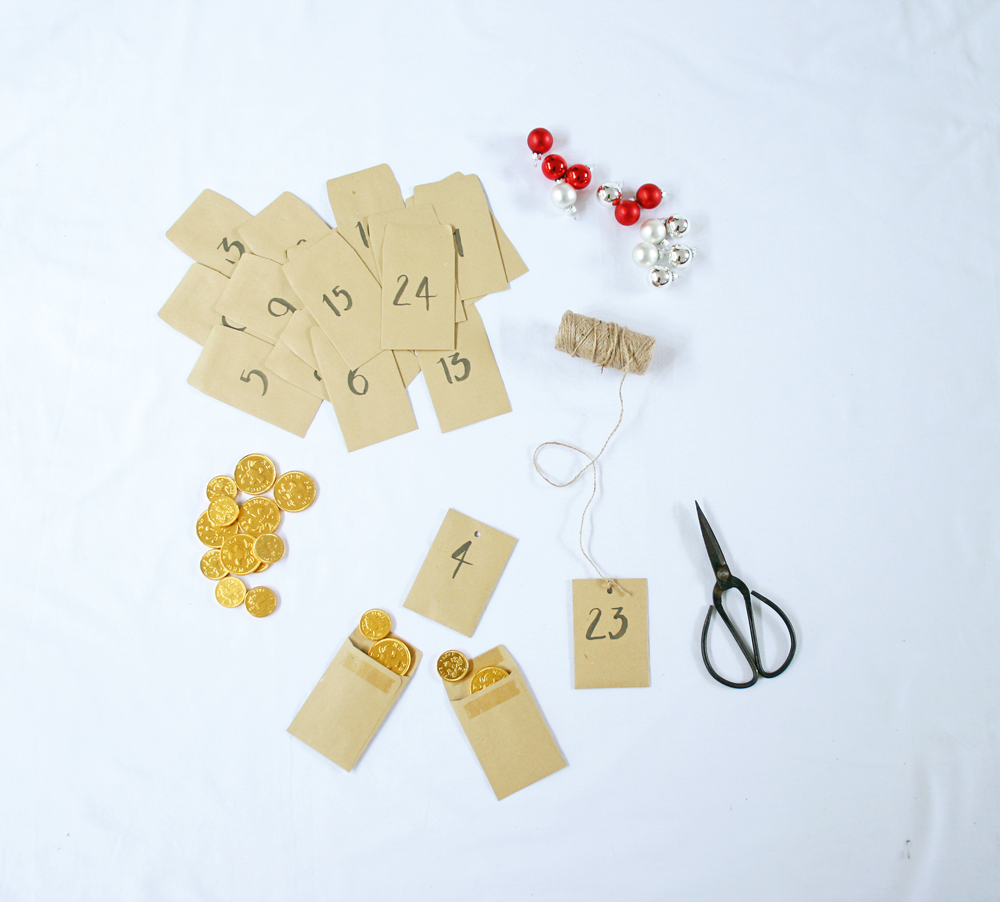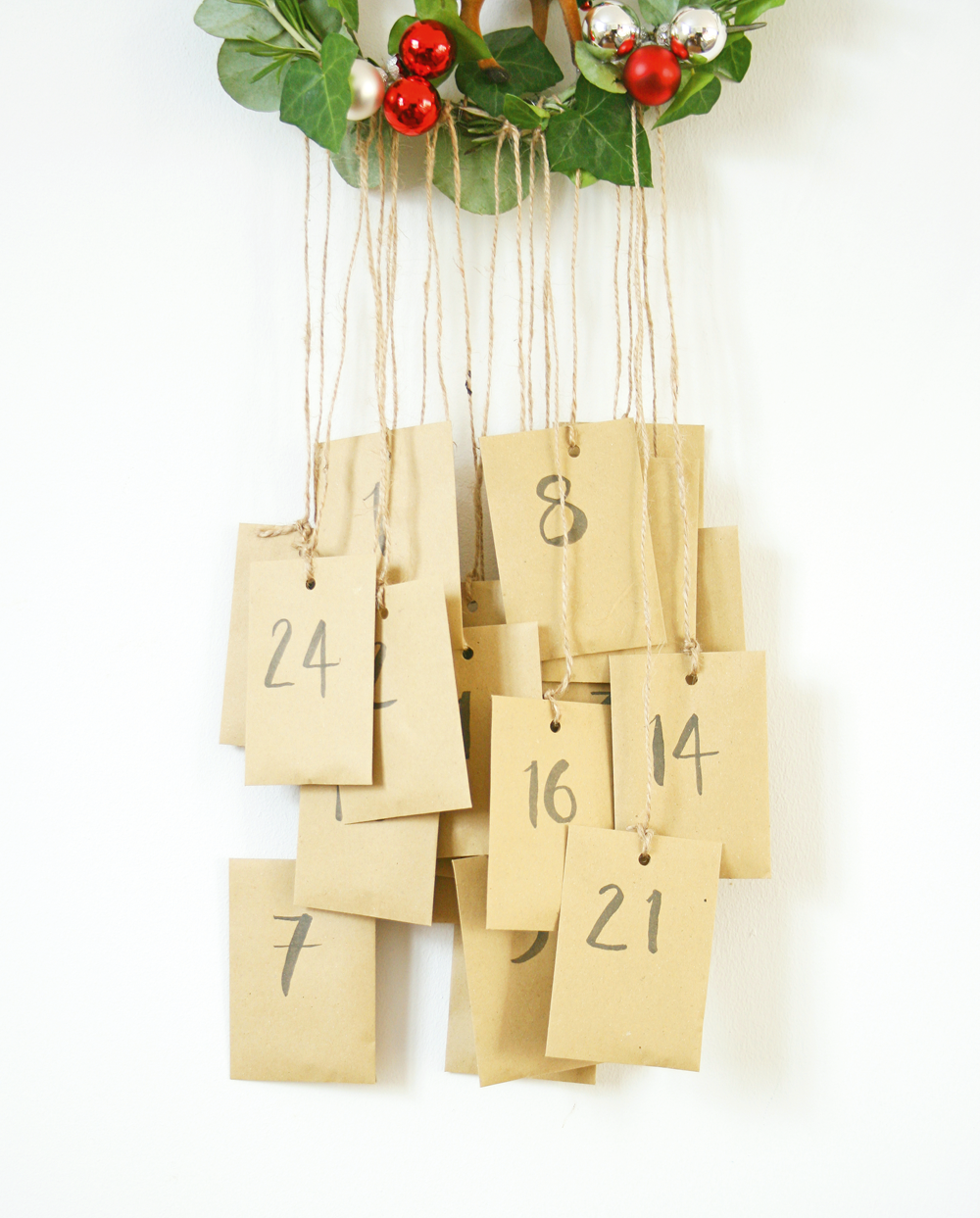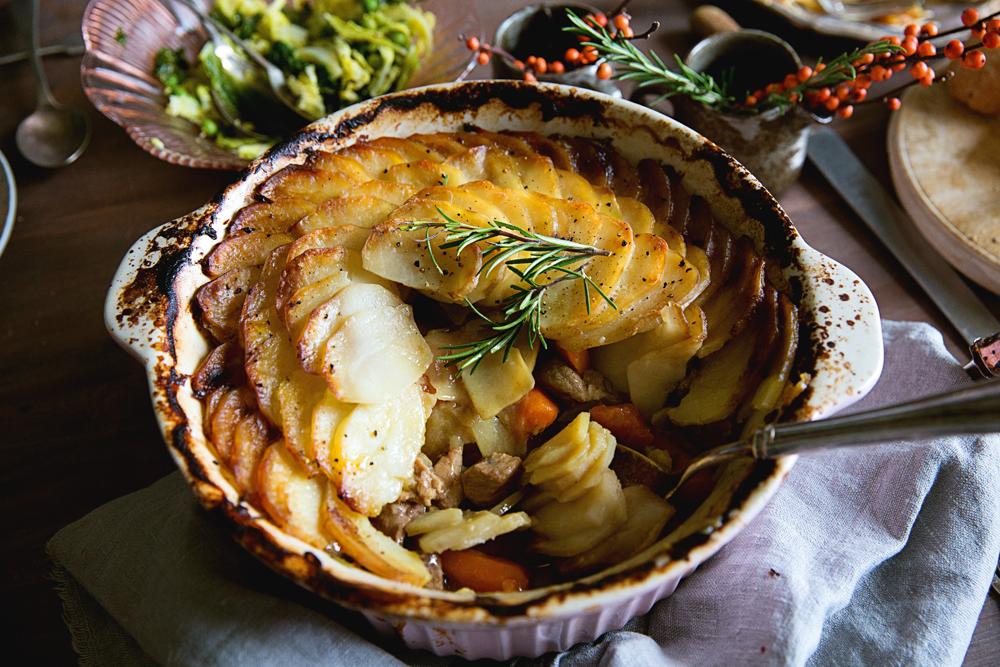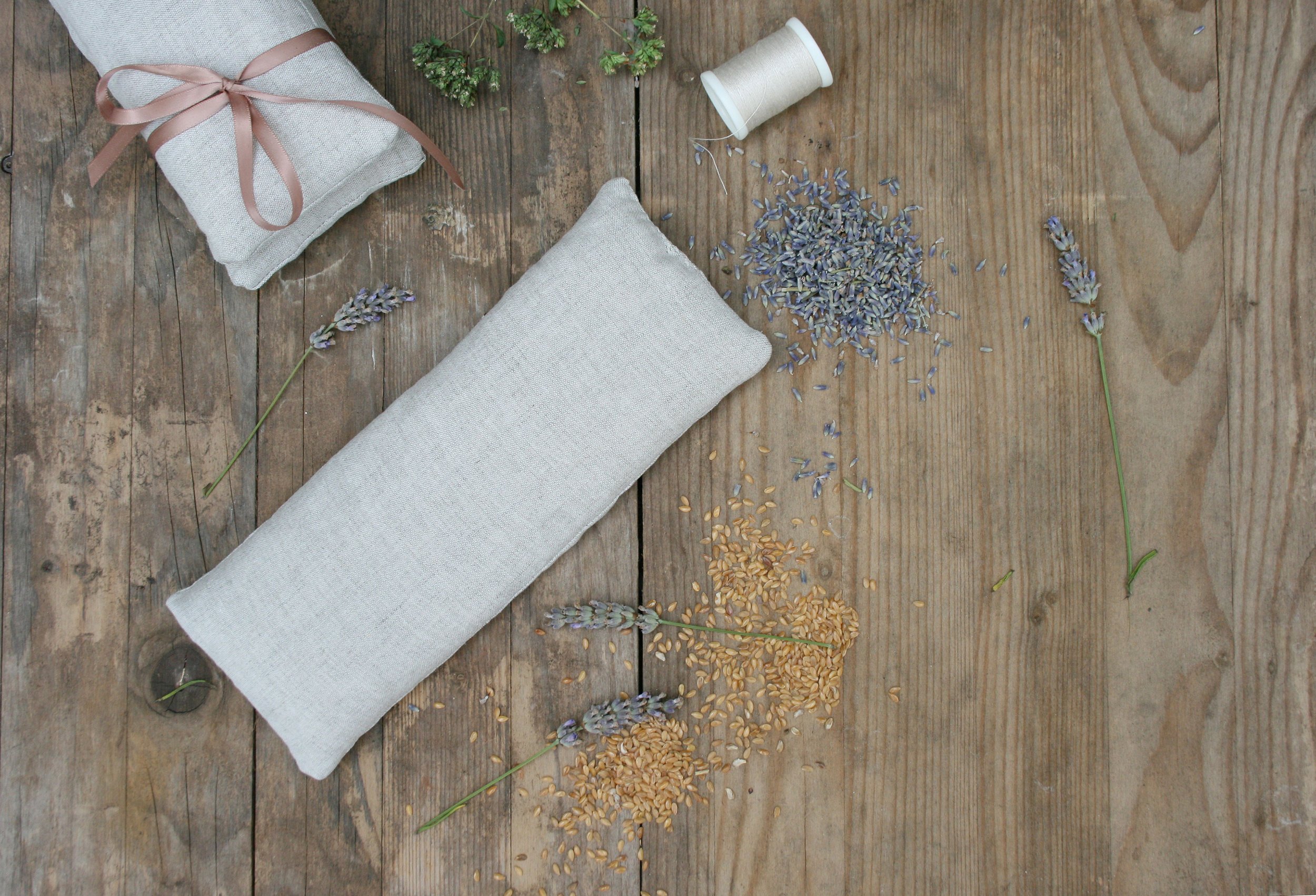Crochet and outdoor chairs are not the most obvious combination but put the two together and you have a nifty upcycling opportunity.
Have an old chair lurking in the shed, seat worn from many summers? This project uses a crochet knot to create a new seat and back from paracord. It may sound complicated but is actually relatively simple once you’ve got into the groove (if you need some extra help along the way, find handy video tutorials by searching ‘macramé chair tutorial’ on YouTube). Then sit back and admire your work, hopefully with a refreshing drink in hand.
Macramé chair
Knot your way to a new summer seat
you will need
Scissors
Unloved aluminium camping chair
200m of 4mm rope (such as nylon paracord): 100m white, 50m grey, 25m yellow, 25m pink.
2 x size Q crochet hooks
Macramé chair template
Lighter or box of matches
1 Using scissors, cut and then pull off the existing webbing from the chair.
2 Create a skein from a long, thin piece of card or plastic. Wrap your cord around it and unwind it as you go. Start with the vertical cords. Using the white cord and starting from the bottom left of the chair, tie a double knot around the frame.
3 Pull the cord through the seat of the chair, behind the centre back brace bar and up to the top left side of the frame. Make a loop in the cord at the top bar. Pull the loop behind and then under the bar and over to the left.
4 Insert your first crochet hook in the loop, with the hook pointing towards the right side of the chair and pull the cord tight so the hook rests against the chair frame. Bring the cord back down under the centre back brace bar to the front.
5 Create a loop in the cord on the bottom chair frame, then pull it over the front of the bar and behind to the left.
6 Insert the second crochet hook into the loop and pull the cord taut. The hook will rest on the chair frame.
7 Pull the cord through the seat of the chair, behind the centre back brace bar and up to the top frame. Make a loop in the cord at the top bar. Pull the loop behind and under the bar and to the left of the last vertical cords you created.
8 Hook the new loop over the crochet hook. The existing loop on the hook will overlap the two vertical cords to its right.
9 Pull the loop taut, then pull it through the loop you made in step 3. This will create a chain stitch. Rest the hook in the loop.
10 Pull the loose cord down behind the centre back brace bar and to the front. Create a loop, then pull it over the topof the front bar.
11 Pull the loop around the top bar and to the left of the last vertical cords you created. Hook the new loop with the crochet hook.
12 Pull the new loop through the loop created in step 6, making a chain stitch. Pull the loose cord taut.
13 Repeat these steps until you have 40 knots and have filled the top and bottom bars with taut cord. Cut the cord off the skein, making sure you have about 11⁄4m left. Pull the cord through the last loop and remove the crochet hook. Pull the cord behind the back brace, over the front bar and through the loop on the other hook.
14 Horizontal cords: these are completed using the same method. Follow the template, starting with three knots of white followed by the grey cord to form a semi-circle pattern.
15 Continue with the pink cord to form the second half of the circle.16 Finish with three more knots using white cord. Repeat on the base of the chair, using the yellow and grey cords. To finish, simply tie off the cord. Burn the ends of the cords to ensure they do not fray.
Taken from Sunshine Spaces: Naturally Beautiful Projects to Make for Your Home and Outdoor Space by Beci Orpin (Hardie Grant).
















